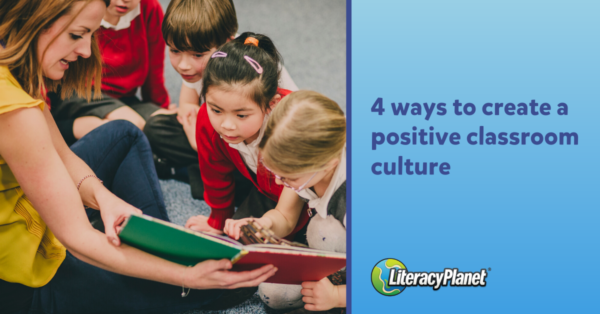
When the classroom is a place that students look forward to coming each day, it can have an exceptional impact on motivation, comprehension, and concentration. A consistent and positive classroom culture can go a long way in fostering a strong learning environment for students. But what are some practical examples of things you can do to make this happen for your students?
1. A Monday check-in (or the first time you see them)
Take 10 minutes of your class time and go around the room to ask if students want to share what they did on the weekend or any new updates. No students have to contribute if they don’t want to – it’s a safe space to get to know each other more personally outside of the classroom. An activity like this shows that you’re interested in the students as people, and gets the students to know each other on a new level as well.
2. Using colours
When decorating your classroom, think about the types of colours you’re using and how it might impact student mood. Generally speaking, warm colours like yellow and orange keep is feeling happy and alert, while cool colours like blue and green can relax and calm. It’s not just about the colours of your walls or posters around the place, but also about the colours you use and promote in fonts, worksheets, and screen backgrounds – the little things can have a big impact.
3. Mindful techniques
All of us – even the very young students – can benefit from having some of the stress of their daily lives alleviated. Mindful techniques can create a calming effect that can stay with the student all through their day. A very simple technique is a breathing exercise, where students are asked to focus on a point on their desk or close their eyes and take slow, deep breaths all at the same time. Remind students that if they feel their mind wandering, to come back to focusing on their breathing in through their noses and out through their mouths. A minute or two of this can work wonders!
4. Celebrate learning
Whenever you can, take the time to show students when they are on the right track with their learning. Kevin Dougherty, a sociology professor at Baylor University in Texas, found that students in his introductory course performed better when he held “learning celebrations” rather than “exams.” He would decorate the classroom, play music and even have treats available – and students performed better than they did before. Learning a celebration can be even simpler by just acknowledging when the student has made a small achievement. You can even encourage students to give each other ‘back pats’ through a poster where they can post sticky-notes of things they are proud of each other for.




